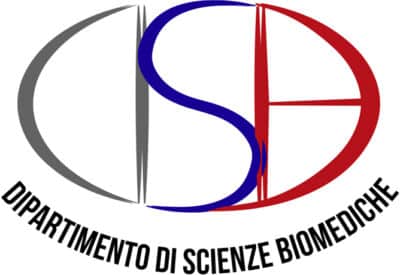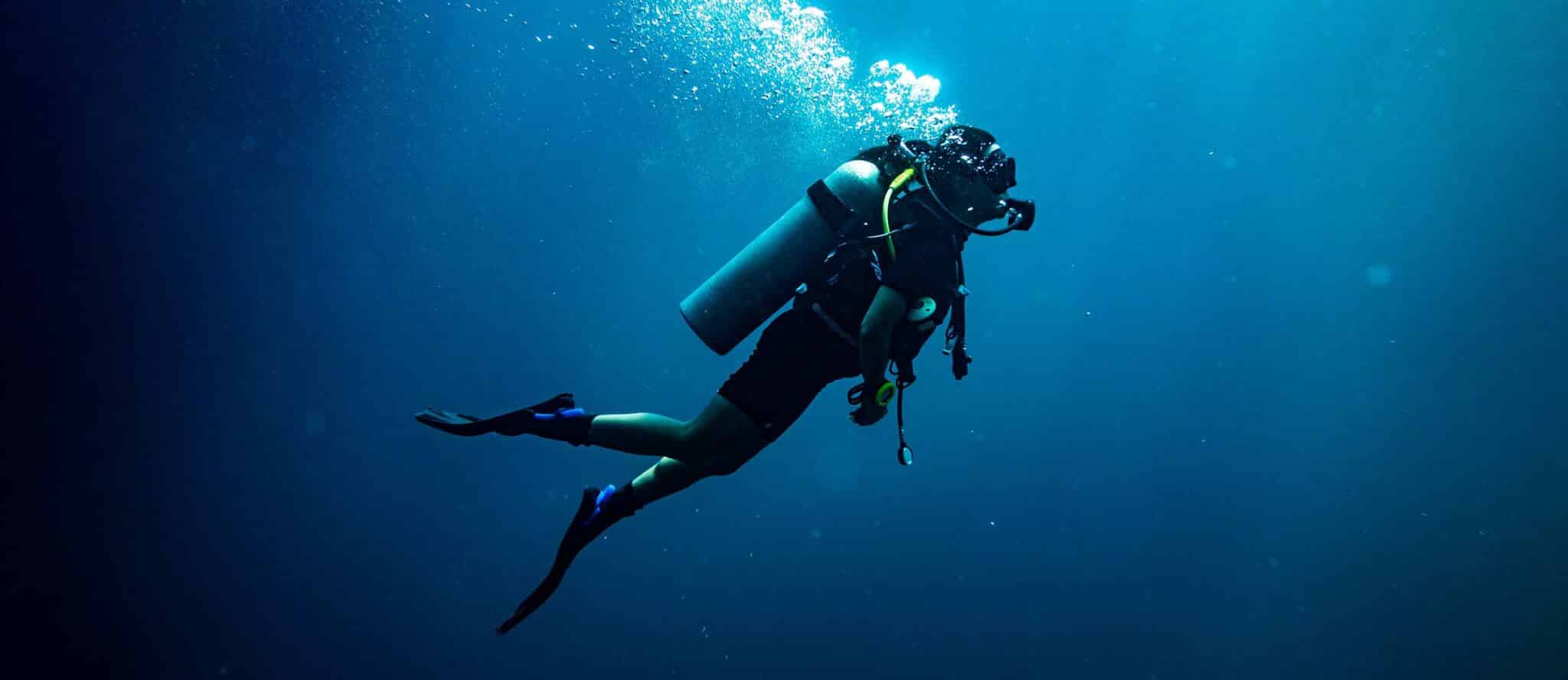
The Master’s in Underwater and Hyperbaric Medicine, (a Level II course), is aimed at providing theoretical and practical training for medical and surgical graduates who wish to further their knowledge in this specialist field.
To this end, the course is designed to offer participants highly specialised training, with the academic portion – including lectures, seminars, and workshops – accompanied by a more hands-on part, which includes practice in hyperbaric medicine centres and laboratory sessions. The course also includes research in physiopathology and underwater medicine, with an in-depth description of the various tools used. The course does not include clinical care and is therefore also open to foreign doctors. The training follows ECHM (European Committee for Hyperbaric Medicine) standards.
The Master’s in Underwater and Hyperbaric Medicine provides theoretical and practical training at a highly specialised level. The training includes: lectures over 10 weekends lasting 15 hours each (one weekend per month).
Teaching activities include lectures, seminars, and workshops at the University of Padua. Hands-on lessons take place in the ATIP hyperbaric medicine centre in Padua, in controlled underwater laboratories – such as the Y40 pool in Montegrotto Terme – and in open waters.
The Master’s course includes collaborations and seminars by technical professionals and medical experts from the Italian Navy’s medical corps and Comsubin, as well as from the international scientific community, with a special focus on working with international organisations UHMS and EUBS.
In-depth clinical studies are carried out in collaboration with major Italian hyperbaric centres.
This Master’s also has the support of the scientific organisations SIMSI and SIAARTI.
The theoretical course includes an introduction to general physics and hyperbaric technology, general and exercise physiology, biochemistry and mechanisms of hyperbaric oxygen therapy, the physiopathology of diving, ischaemia–reperfusion injury, the diagnosis of and therapy for dysbaric disorders, the diagnosis of and therapy for hypoxia and ischaemia pathologies.
The Master’s in Underwater and Hyperbaric Medicine, (a Level II course), is meant for Medicine and Surgery graduates (degrees issued under the “old system,” specialist degrees, and Master’s degrees). The course can lead to excellent job opportunities as there are numerous hyperbaric centres in Italy and Europe, public as well as private.
This course will prepare a physician to be a medical director or manage the clinical activities of a hyperbaric oxygen therapy and/or diving medical centre, as per official documents approved by SIMSI/SIAARTI/MMI.
The Master’s in Underwater and Hyperbaric Medicine will offer training in the following areas:
ENVIRONMENTAL PHYSIOLOGY: history of hyperbaric medicine, ischaemia-reperfusion injury. Physiological adaptations under special environmental conditions, European guidelines on hyperbaric medicine training.
INFECTION OF SOFT TISSUES: hyperbaric oxygen therapy is an adjuvant therapy together with surgical debridement, antibiotic therapy and intensive therapy for the treatment of soft tissue infections resulting in necrosis. Numerous specific clinical scenarios, lesions, and syndromes have been studied over the years, depending on the affected tissues and location of the infection, the aetiological organism or combination of organisms involved in the infection, and the particular immunological and vascular risk factors of the host. In all these clinical situations, the common denominator seems to be the development of hypoxia resulting in necrosis.
RESPIRATORY PHYSIOLOGY: respiratory mechanics, gas exchange and transport of gases in the blood, ventilation control systems, exercise physiology.
SPORT PHYSIOLOGY: aerobic and anaerobic metabolism, sport and nutrition
PHYSICS: fundamentals of laws of physics (Boyle-Mariotte, Charles, Dalton, Henry).
UNDERWATER AND HYPERBARIC MEDICINE: diagnosis and treatment of decompression sickness and gas embolism.
HYPOXIA: definition and classification, metabolic effects on the nervous system, effects on other body systems, role of hyperbaric oxygen as a treatment.
OXYGEN TOXICITY: base mechanisms, pathology, clinical monitoring, human oxygen tolerance, prevention and treatment.
OTI AND POISONING: base mechanisms, infection of soft tissues, carbon monoxide poisoning, other types of poisoning.
OTORHINOLARYNGOLOGY: hearing disorders, ENT surgery, radionecrosis.
INTERNAL MEDICINE: diabetes, vascular diseases, wound dressings.
MEDICINE AND INTENSIVE CARE: intensive care.
HYPERBARIC TECHNOLOGY: structural components, logistics, safety.
ORTHOPEDICS AND REHABILITATION: osteonecrosis, fracture risk, algodystrophic syndrome, neurological rehabilitation.
HYPERBARIC MEDICINE: hyperbaric oxygen therapy (OTI) and severe soft tissue infections.
RESEARCH IN diving medicine: blood endothelium and bubbles, prevention, oxygen providers.
INTENSIVE CARE AND OTI: electromedical equipment, monitoring of clinical parameters, emergency procedures.
MUSCULAR AND diagnostic PHYSIOLOGY: concepts of myology and functional muscle physiology inherent to diving activity and hyperbaric and hypobaric exposure.
PLASTIC AND RECONSTRUCTIVE SURGERY: hyperbaric medicine and plastic and reconstructive surgery.
MICROSURGERY AND OTI: microsurgery and hyperbaric oxygen therapy.
In collaboration with the hyperbaric centre of Padua ATIP, the Master’s course allows students to meet experts in the management and maintenance of hyperbaric technology, with in-depth technical and scientific discussions. Furthermore, it is possible to carry out clinical and therapeutic simulations with hyperbaric oxygen therapy.
Data is collected and processed – in collaboration with Dan Europe, a research institute accredited by the Ministry – via indoor and outdoor experimental studies and events, with the results to be shared and potentially used as material for writing the final thesis.
The Y40 pool in Montegrotto Terme, which is 40 metres deep, and its scientific laboratory, allows for monitoring divers in real time during apnoea and scuba diving.
Facebook: https://www.
Instagram: https://www.
Twitter: https://twitter.com/
The University of Padua at Y-40® to carry out the first arterial blood sampling in apnea at -42 meters: https://www.youtube.com/watch?v=-oRASYUo-gM&t=9s
In the deepest pool in the world, the team of prof. Gerardo Bosco of the Master in Underwater and Hyperbaric Medicine carried out the survey in immersion at the maximum depth to study the respiratory problems of children and the elderly.
Publications: G. Bosco, M. Paganini, A. Rizzato, L. Martani, G. Garetto, J. Lion, E. M. Camporesi, R. E. Moon. Arterial blood gases in divers at surface after prolonged breath-hold. Eur J Appl Physiol. 2020 Jan; pp. 1-8. Bosco G, Rizzato A, Martani L, Schiavo S, Talamonti E, Garetto G, Paganini M, Camporesi EM, Moon RE. Arterial Blood Gas Analysis in Breath-Hold Divers at Depth. Front Physiol. 2018 Nov 5; 9:1558
Preoxy: prevent the risk of decompression sickness by pedaling at -30 meters: https://www.youtube.com/watch?v=YcZNee9gfP0&t=0s
Preoxy Project, in collaboration with the University of Chieti, MMI, AMI and Endless Diving
A scientific experiment by Dr. Gerardo Bosco
For the first time in 2008 on the Tremiti Islands the beneficial effect of a preconditioning in pure oxygen (pre-oxygenation) at a depth of 6 and 12 meters was evaluated before an immersion in air (physical exercise) on 3 bikes (OKEO) placed at a depth of 30 meters in the open sea.
The aim of the trial was to prevent the risk of decompression sickness.
Another interesting video to watch about the Preoxy project: https://www.youtube.com/watch?v=YcZNee9gfP0&t=0s
The general ranking of merit for the academic year 2023/24 will be published on the Italian page of this Master according to the timing provided in the Call.
Information
FAQ
Lectures will take place on Friday afternoons, Saturdays, and Sunday mornings (once per month on average). There will also be additional seminars held by lecturers and outside experts. The academic offering is further enhanced by project work, a practical experience which will take place in public or private companies working in this sector. Finally, students will take part in conferences or conventions on these topics.
At the end of the course, students are required to carry out a training experience (without clinical care) in an accredited hyperbaric centre. This includes practical experience but without the requirement of a certain number of hours, allowing all students – including those who work full-time – to take part. Therefore, it can’t be defined an internship.
The maximum number of absences is 30 % of the total number of lessons.

